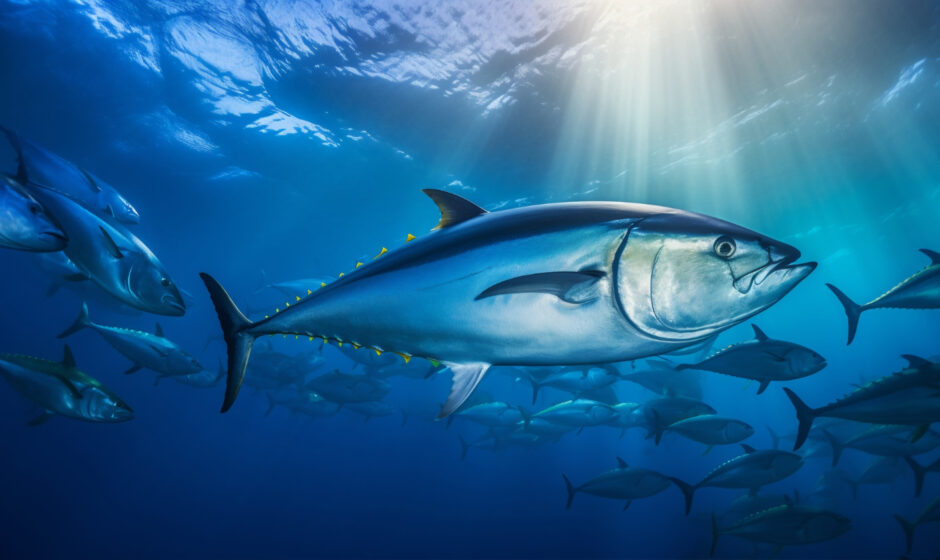The Council of the European Union has granted its final approval to revise the EU’s fisheries control regulations. Facing criticisms of the exploitation of small island states and distant waters, this overhaul, encompassing approximately 70% of the existing rules, aims to ensure that both EU and foreign vessels adhere to the Common Fisheries Policy (CFP).
Environmental Concerns
Based on data from the Food and Agriculture Organization, fish stocks are at risk of collapsing globally due to overexploitation. The EU, identified as the largest harvester of overfished tropical tuna, is facing mounting concerns for its environmentally unsustainable policy.
Sustainable Practices
When introducing the revision, Luis Planas Puchades, acting Spanish minister for agriculture, fisheries and food, said: “The regulation we adopted will ensure that our fisheries control system stays up to date with the latest developments in technology to ensure we can effectively prevent overfishing.”
“This is to the benefit of the environment, and it will ultimately also benefit fishing communities and help ensure the social and economic sustainability of the sector.”
Enhanced Regulations
Under the new rules, vessel monitoring systems (VMS) and electronic recording of catches will be mandatory for all fishing vessels to ensure compliance with the CFP.
Additionally, recreational fisheries targeting specific species will be required to record and report their catches electronically, with the scope of species covered potentially expanding based on scientific recommendations.
Remote electronic monitoring tools will be used in the case of larger vessels to ensure that unwanted catches are not being discarded at sea.
Sanctions and Traceability
Another change is the sanctioning system, establishing a list of serious CFP infringements at the EU level. Member states are mandated to impose effective and proportionate administrative sanctions, with the option of criminal penalties.
The new regulations also aim to improve the digital traceability of fresh fishery and aquaculture products, with a five-year transition period for processed products, pending a Commission study on feasible solutions.
Improved Catch Estimates
To further combat overfishing, the new rules also introduce stricter tolerance margins in catch estimates. The general margin remains at 10% per species, with a 20% allowance for species not exceeding 100 kg.
Derogations are planned for small pelagic and industrial fisheries and tropical tuna purse seine fisheries, especially when catches are landed in “listed ports” with specific landing and weighing conditions.
Digital Catch Certification System
The EU introduced ‘CATCH,’ a digital system for the catch certification scheme targeting illegal, unreported, and unregulated fishing. Non-EU countries will also be able to validate catch certificates directly in the CATCH digital environment, with EU importers also required to submit certificates via this system.
Conclusion
The EU’s revised fisheries control regulations are a significant step towards ensuring that both EU and foreign vessels adhere to the CFP and that fish stocks are managed sustainably. The new rules will help to prevent overfishing, improve the traceability of fish products, and impose stronger sanctions on those who violate the CFP.

